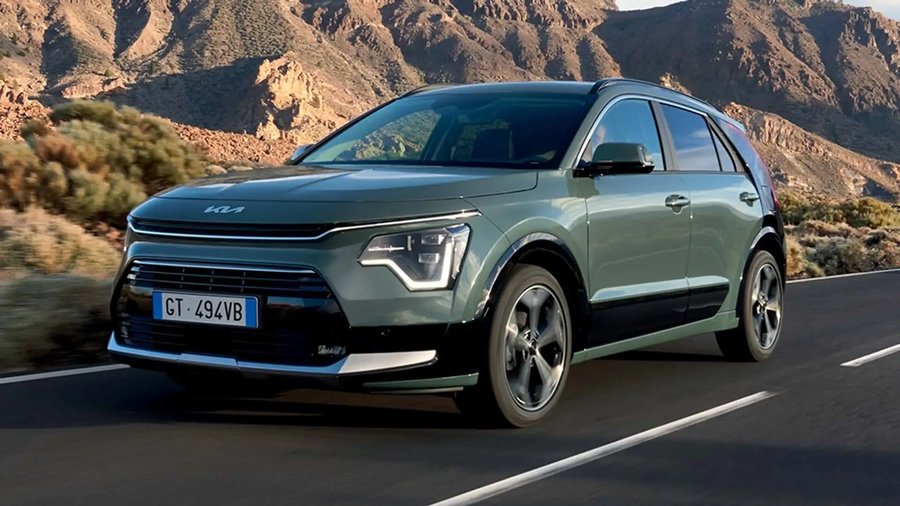The Kia Niro Tri-Fuel Is an Unusual Hybrid With Huge Range

If you have a severe case of range anxiety, then a fully electric vehicle is probably not the right choice. A hybrid makes more sense, especially if you frequently do long trips and don't want to worry about running out of juice. After Subaru launched a Crosstrek hybrid that can do 621 miles before refueling, Kia promises to smash the 1,000-mile barrier with its own electrified compact crossover.
The Niro Tri-Fuel isn't your run-of-the-mill hybrid crossover despite looking instantly familiar. That's because it also runs on liquified petroleum gas thanks to an LPG tank mounted under the cargo floor where you'd normally find the spare wheel. The LPG tank can store 10.5 gallons (40 liters) while the gas tank carries 11.1 gallons (42 liters).
With two full tanks, the Niro Tri-Fuel can cover about 1,000 miles (1,600 kilometers)–a range EVs can only dream of. Even most diesels will struggle to reach that figure unless you're a fan of hypermiling. It gets better since the CO2 emissions are reduced by 6% compared to the regular hybrid. In Italy where this version is being launched, Kia says this is the first full-hybrid that can also run on LPG.
There's a button mounted next to the start/stop button the driver pushes to make the 1.6-liter engine run on LPG and check the amount of fuel left. The naturally aspirated four-cylinder unit produces 90 hp and works with an electric motor rated at 43 hp that draws its energy from a 1.32-kWh battery pack. Combined, the two deliver a total system output of 126 hp and 195 lb-ft (265 Nm).
The conversion to LPG is performed by gas equipment company BRC part of the Westport Fuel Systems Italia but the car still comes with the full seven-year / 93,205-mile (150,000-km) warranty. Kia has done the math and believes an owner can save as much as €5,000 ($5,410) on refueling costs.
However, customers must pay a €2,000 (nearly $2,200) premium compared to the regular model. Pricing kicks off at €34,450 ($37,300) for the base model and rises to €39,200 ($42,400) for the flagship trim level.
Related News


